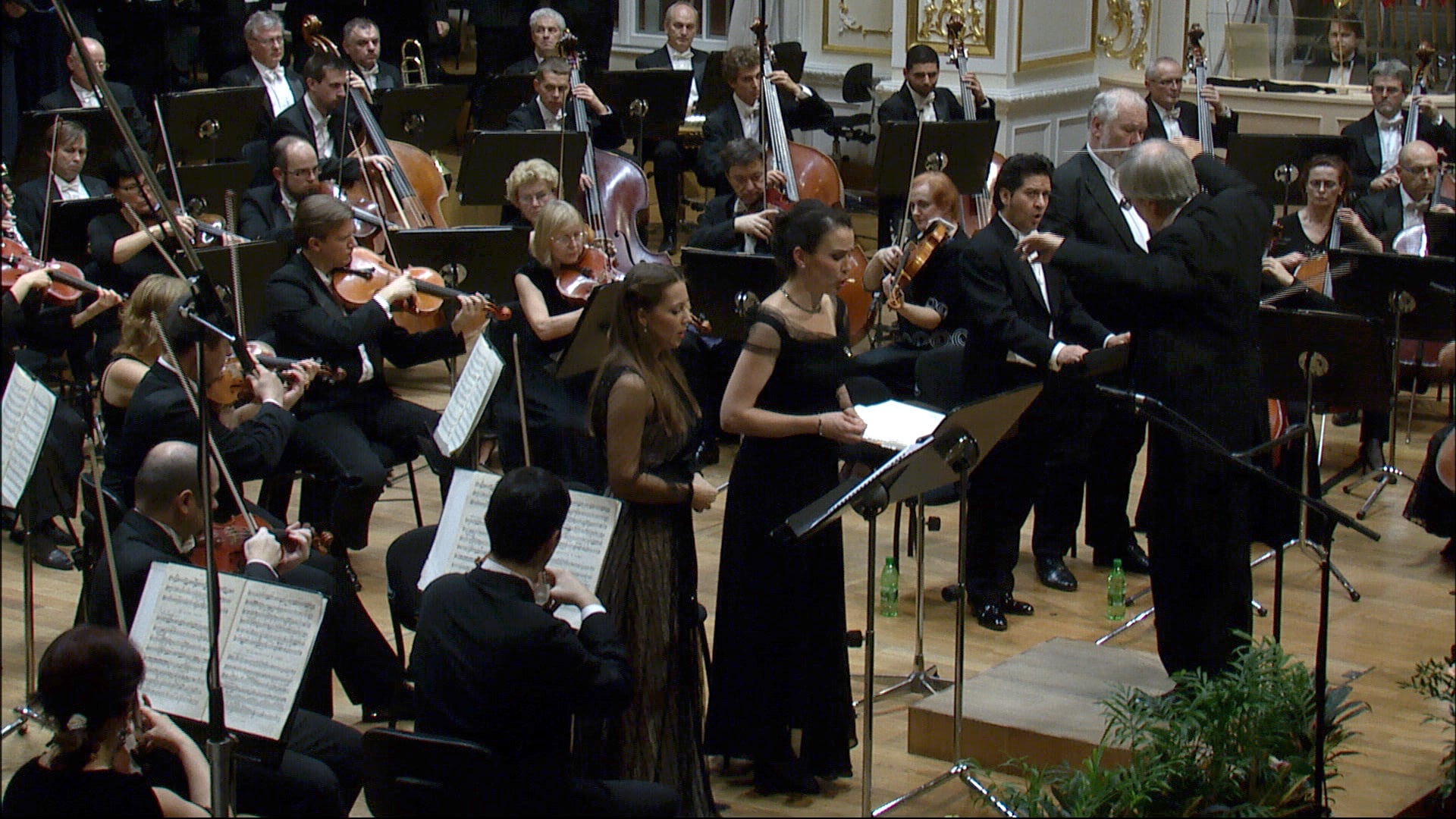Online archív Slovenskej filharmónie bol navrhnutý a naprogramovaný tímom Streamboyz. Videá sú umiestnené na serveroch občianskeho združenia Multiplace. Použitie, šírenie fotografií a audiovizuálneho obsahu tejto stránky len so súhlasom Slovenskej filharmónie. Tento web používa súbory cookies. Prehliadaním webu vyjadrujete súhlas s ich používaním. Viac informácií. Slovenská filharmónia je štátna príspevková organizácia Ministerstva kultúry Slovenskej republiky.

The Online archive of Slovak Philharmonic was designed and programmed by Streamboyz Team. Concerts are located on the Multiplace servers. Use and distribution of photographs and audiovisual content of this site only with the consent of the Slovak Philharmonic. This site uses cookies. By continuing to browse the site, you are agreeing to our use of cookies. Find out more. The Slovak Philharmonic is a state-subsidised organisation of the Ministry of Culture of the Slovak Republic.

OdkazyLinks
Team Streamboyz+ Contact
Slovak Philharmonic
Bratislava Music Festival
Johann Nepomuk Hummel International Piano Competition
Ministry of Culture of Slovak Republic Kontakt na tím Streamboyz+
Slovenská filharmónia
Bratislavské hudobné slávnosti
Klavírna súťaž Johanna Nepomuka Hummela
Ministerstvo kultúry Slovenskej republiky
[ 1 H 33 MIN ] [ 1 H 33 MIN ]
- None / Žiadne
- English
- Slovenčina
Slovak State Philharmonic Košice
Štvrtok 24. 11. 2016, 19.00 hThursday, November 24, 2016, 7.00 PMCyklus BHS – Bratislavské hudobné slávnosti
Koncertná sieň Slovenskej filharmónieBHS serie – Bratislava Music Festival
Concert Hall of Slovak Philharmonic
Dvořák’s Stabat mater, Op. 58, written after the death of the composer’s three children, is not only an exceptionally impressive setting of the text by Jacopone da Todi (1230–1306) depicting the suffering of the mother whose son is dying on the cross, but also a timeless utterance about human grief and hope. The piece is distinctive for unusually delicate and intellectually serious musical rendering missing any superficial effects. The quality of the score is set by its beautiful sound and purposeful juncture of human voices with soft but rich orchestral colours. Although the oratorio text depicts the dark sides of human life, the overall impression is – typically for Dvořák – mostly positive, bringing the faith in life.





